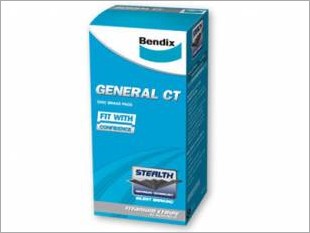http://fostersandyford.ie/assets/top-images/pages-brake-fluid-change-and-vehicle-health-check-a6f7b5098e07a944a78f44e74bb349dc.jpg
Brake fluid is one of the most neglected fluid in vehicles today, yet is vitally important for safe driving. Consequently, you should check the fluid level regularly. The level will gradually drop as the brake pads wear, but a sudden drop in the fluid level usually means there is a leak in your brake system. The fluid level should be maintained between the ADD and FULL marks, or the MIN and MAX marks. If the level is low, add the type of fluid specified on the filler cap (DOT 3 or 4).
Many experts have long recommend changing the brake fluid every year or two for preventative maintenance. Their rationale is based on the fact that glycol-based brake fluid starts to absorb moisture from the moment it is put in the system. The fluid attracts moisture through microscopic pores in rubber hoses, past seals and exposure to the air. The problem is obviously worse in wet climates where humidity is high.
After only a year of service, the brake fluid in the average vehicle may contain as much as two percent water. After 18 months, the level of contamination can be as high as three percent. And after several years of service, it is not unusual to find brake fluid that contains as much as seven to eight percent water.
http://www.aa1car.com/library/bfluid.gif
http://fostersandyford.ie/assets/top-images/pages-brake-fluid-change-and-vehicle-health-check-a6f7b5098e07a944a78f44e74bb349dc.jpg
Brake fluid is one of the most neglected fluid in vehicles today, yet is vitally important for safe driving. Consequently, you should check the fluid level regularly. The level will gradually drop as the brake pads wear, but a sudden drop in the fluid level usually means there is a leak in your brake system. The fluid level should be maintained between the ADD and FULL marks, or the MIN and MAX marks. If the level is low, add the type of fluid specified on the filler cap (DOT 3 or 4).
Many experts have long recommend changing the brake fluid every year or two for preventative maintenance. Their rationale is based on the fact that glycol-based brake fluid starts to absorb moisture from the moment it is put in the system. The fluid attracts moisture through microscopic pores in rubber hoses, past seals and exposure to the air. The problem is obviously worse in wet climates where humidity is high.
After only a year of service, the brake fluid in the average vehicle may contain as much as two percent water. After 18 months, the level of contamination can be as high as three percent. And after several years of service, it is not unusual to find brake fluid that contains as much as seven to eight percent water.
http://www.aa1car.com/library/bfluid.gif






